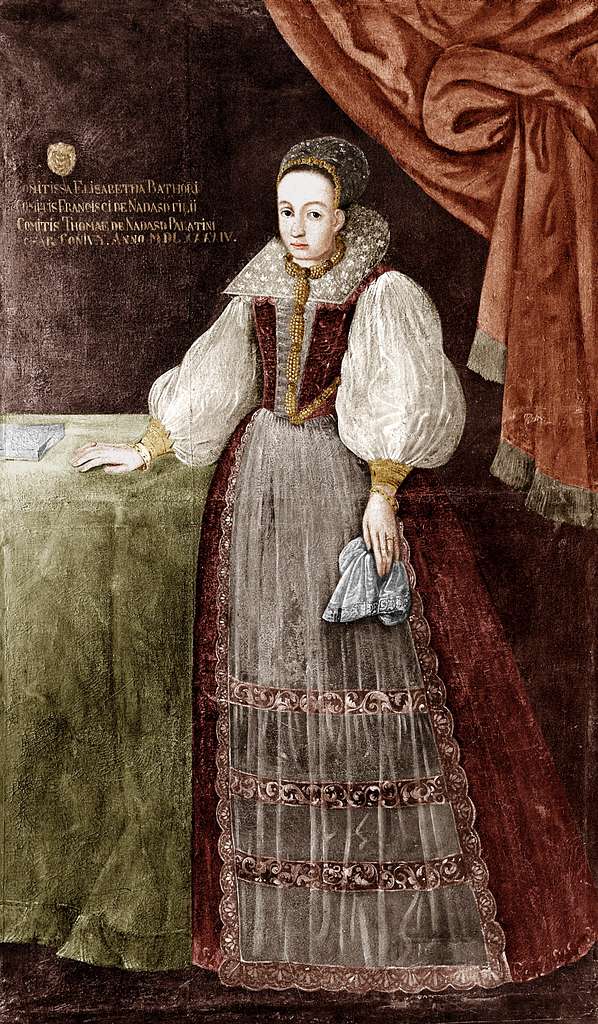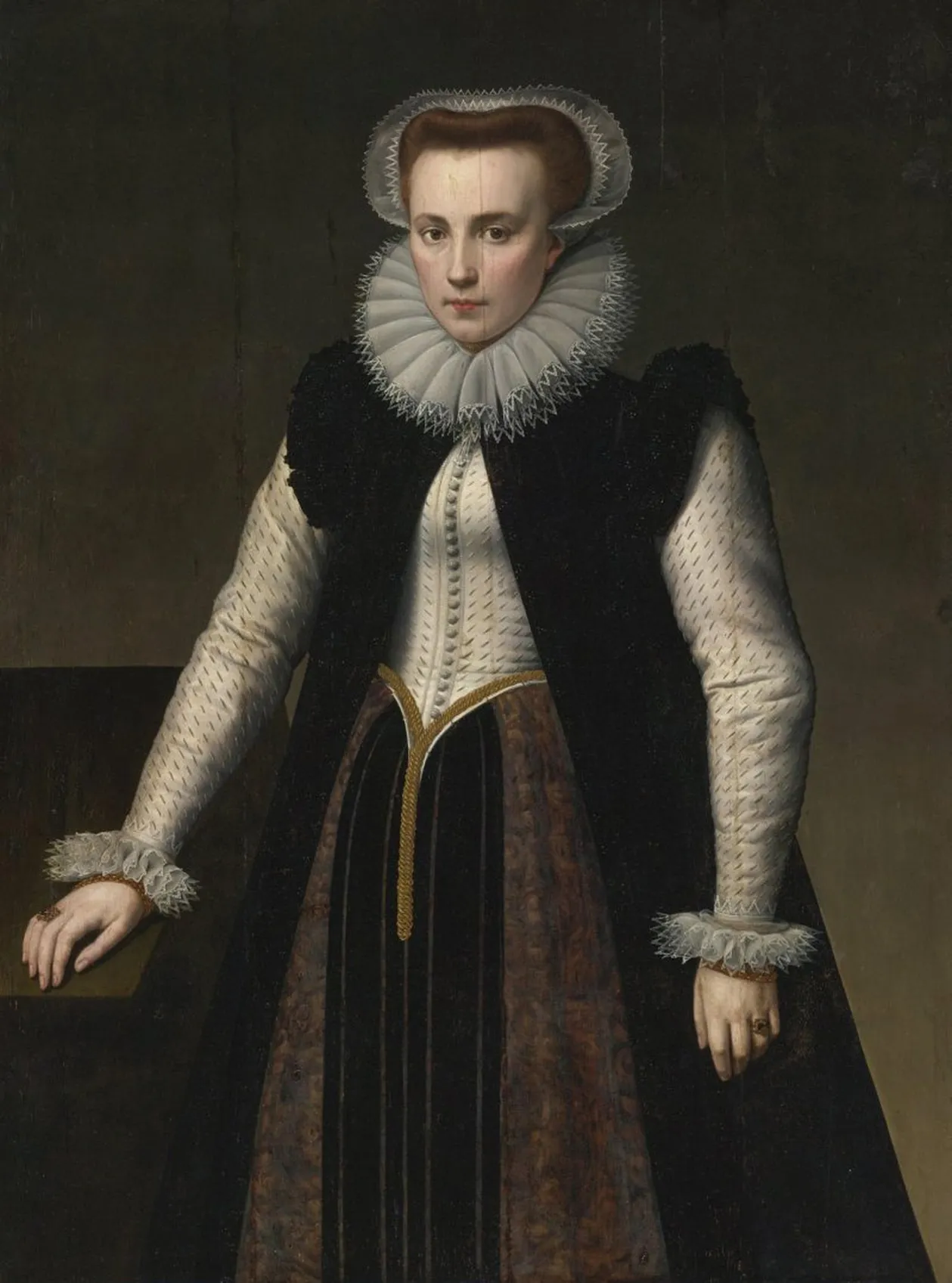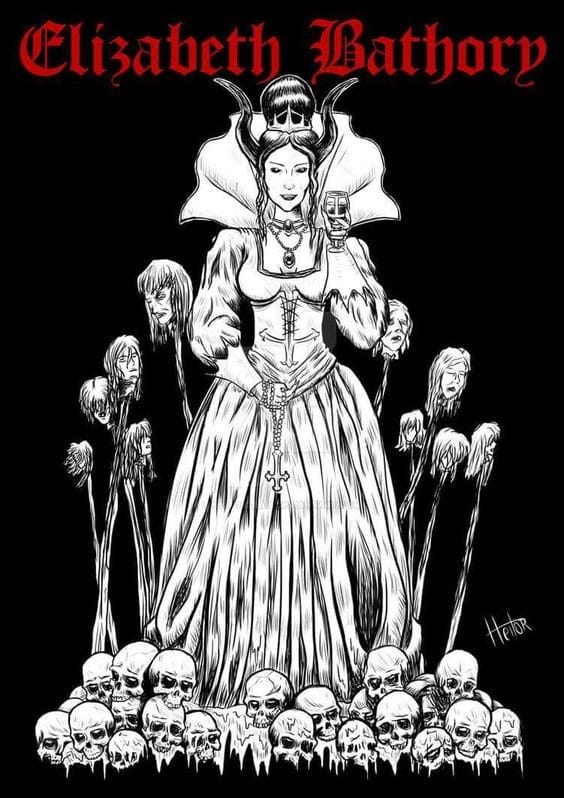The Infamous History of Elizabeth Báthory: The Blood Countess
Elizabeth Báthory, often referred to as the “Blood Countess,” remains one of history’s most infamous figures. Born into Hungarian nobility in 1560, Báthory’s life was one of privilege and power, yet her name became synonymous with unspeakable cruelty and sadism. Accusations against her ranged from torture and murder to bathing in the blood of virgins to preserve her youth. This article delves into the life of Elizabeth Báthory, separating fact from legend, and exploring how she became one of the most notorious women in history.
Early Life and Marriage

Elizabeth Báthory was born on August 7, 1560, in Nyírbátor, Hungary, into one of the most powerful Protestant families in Central Europe. The Báthory family was influential, boasting several members who held significant positions in society, including kings, princes, and high-ranking military officers. Elizabeth was well-educated for her time, fluent in several languages, and knowledgeable in various sciences, which was uncommon for women of her era.
At the age of 15, Elizabeth married Ferenc Nádasdy, a Hungarian nobleman. The union brought together two of Hungary’s most powerful families. The couple resided in the Nádasdy Castle in Sárvár, where Elizabeth managed the vast estates and took on the role of lady of the castle. Ferenc, often away due to military campaigns, left Elizabeth in charge of the household, where she was known for her harsh treatment of servants.
The Crimes and the Legends
Far from being a depraved killer, she appears to have been a well-educated patron of the arts, who was proficient in Hungarian, Latin, Greek and German. In her surviving letters, she comes across as intelligent and spirited, tackling a range of issues from seeking justice for abused women, to berating staff for stealing her cannabis crop. How, then, did she go down in history as such a diabolical character?
The dark legend of Elizabeth Báthory began after her husband’s death in 1604. It was during this period that rumors of her sadistic behavior began to circulate. According to witnesses and later testimonies, Báthory had begun torturing and killing young girls, many of whom were her servants or daughters of local peasants sent to her castle for education and employment.
The stories of her cruelty are chilling. Elizabeth is said to have beaten her victims, stabbed them with needles, burned them with hot irons, and bitten chunks of flesh from their bodies. The most infamous part of her legend, however, is the claim that she bathed in the blood of virgins to retain her youth and beauty. This particular detail has been widely debated by historians, with many suggesting it was a fabrication to further demonize her.
By 1609, the rumors had grown too loud to ignore, and King Matthias II of Hungary ordered an investigation. A team led by György Thurzó, the Palatine of Hungary, was sent to investigate the accusations. On December 30, 1610, Thurzó and his men raided Báthory’s castle and reportedly found a scene of horror: dead and dying girls, along with evidence of torture. Elizabeth was arrested, and over 300 witnesses and survivors came forward to testify against her.

Trial and Imprisonment
Elizabeth Báthory never faced a formal trial, likely due to her noble status, but her accomplices were not so fortunate. Four of her servants were tried, found guilty, and executed for their roles in the crimes. Elizabeth, however, was sentenced to life


imprisonment and was confined to a set of rooms in her own castle at Csejte (now Čachtice, Slovakia). The windows and doors were bricked up, leaving only small slits for food and air.
She remained imprisoned until her death on August 21, 1614. Her death did little to quell the tales of her cruelty, and over the centuries, the legend of Elizabeth Báthory grew, with her becoming a central figure in Gothic and vampire lore.
Myth vs. Reality
The true extent of Elizabeth Báthory’s crimes is still a matter of historical debate. Some historians argue that the number of her victims has been greatly exaggerated, with some claims reaching as high as 650. However, this figure is based on a single piece of evidence, a servant’s claim about a diary that supposedly listed all her victims, which has never been found. Most modern historians agree that while Báthory was likely responsible for numerous deaths, the scale of her crimes and the more fantastical elements of her legend, such as the blood baths, may have been the result of exaggerations and political motivations.
There are theories that suggest Elizabeth Báthory was the victim of a conspiracy. As a powerful and wealthy widow with vast estates, she was an easy target for those who wished to gain control of her lands and wealth. Her arrest and subsequent imprisonment conveniently transferred her properties to the crown and her relatives. Moreover, the testimonies against her were gathered under duress, casting doubt on their reliability.

Conclusion
Elizabeth Báthory’s legacy is one of darkness and horror, cementing her place in history as one of the most infamous female serial killers. Whether she truly committed all the crimes attributed to her or was the victim of a smear campaign, the Blood Countess remains a symbol of the grotesque extremes of power and cruelty.
Her story has inspired numerous books, films, and even operas, ensuring that her name endures in popular culture. Elizabeth Báthory’s tale serves as a grim reminder of how history can be shaped by a mix of fact, fiction, and the agendas of those in power. Her life, shrouded in mystery and horror, continues to fascinate and terrify, ensuring that the legend of the Blood Countess will live on for generations to come.

Báthory has been labelled by Guinness World Records as the most prolific female murderer, though the number of her victims is debated.
